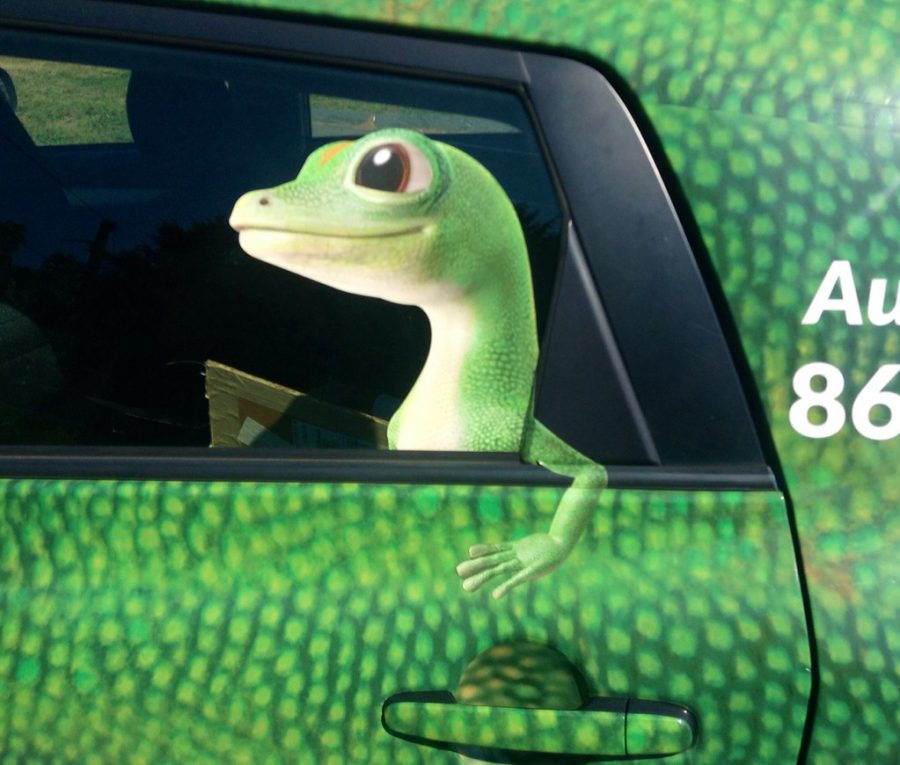Your donation will support the student journalists of The Tide, Richard Montgomery High School's student newspaper. Your contribution will allow us to purchase equipment and cover our annual website hosting costs.
How the coronavirus has changed commercials and advertisements
June 2, 2020
Photo courtesy of Flickr under Creative Commons license.
With the coronavirus pandemic affecting our everyday lives, companies like Geico are adapting their commercials to spread proper messages.
Geico’s office worker has stopped high-fiving her colleagues. Domino’s pizza delivery guy is nowhere to be seen as Jordan Fisher dances around in his boxers waiting for his contactless delivery. Uber now runs an anti-Uber commercial thanking its customers “for not riding with Uber.”
Television ads, like the audience members watching them, have drastically altered their routines in response to the COVID-19 pandemic. Since the coronavirus began, advertisers have had to abruptly change their messaging, or else be at risk of damaging their brands with pre-pandemic ads that would be considered tone-deaf. It has become jarring how quickly and ubiquitous the virus has been fused with branding and processed into the optimistic attitude of advertising.
Like the Budweiser Clydesdale tribute to 9/11, crises have seen to beget their own public service announcements easily, with now dozens of TV and online ads to assure folks that in “these unprecedented times,” (Buick) “we’re all living a new normal,” (State Farm) as “our spirit is what unites us.” (Dodge) Pizza chains promise not to touch the pizzas, telecommunications companies pledge to keep everyone connected, and McDelivery is the new go-to app.
With the speed in which these commercials came together and the strange circumstances under which they were produced, many have a makeshift quality. Companies from Target and Walmart to State Farm are now using smartphone video with as few actors on set as possible and a survey by the Association of National Advertisers found that 92% of marketers had adjusted their messages since mid-March. The busy soccer mom of pre-coronavirus ads are now swapped out for stay-home parents practicing yoga with ghoulishly compliant children.
Many companies aim for a message of explicit goodness in their advertisements, speaking to our sense of community and social responsibility. Every company on TV and news networks wants to let people know that they are here. In a series of ads, Verizon communicates and represents this sentiment, sharing “We are here, and we are ready.” When Toyota promises “We are here for you now and in all the better days ahead,” its ad uses four formulations of “we,” “here,” “for,” and “you” in 30 seconds.
This is the real message: We still exist. “For you,” or “to help,” sure, but most just “here!” — present, accounted for, still standing. No one knows what is coming next, television advertisers included, but it has been impressive to watch how fast they pivoted in response to the global crisis, and how they continue to morph. Advertising anything right now is a high-wire act and reinforcing that a consumer is doing the right thing by not leaving their house is the safest way into their heart.
As Tylenol writes, “Stay healthy. Stay safe. Stay home — for each other.”
